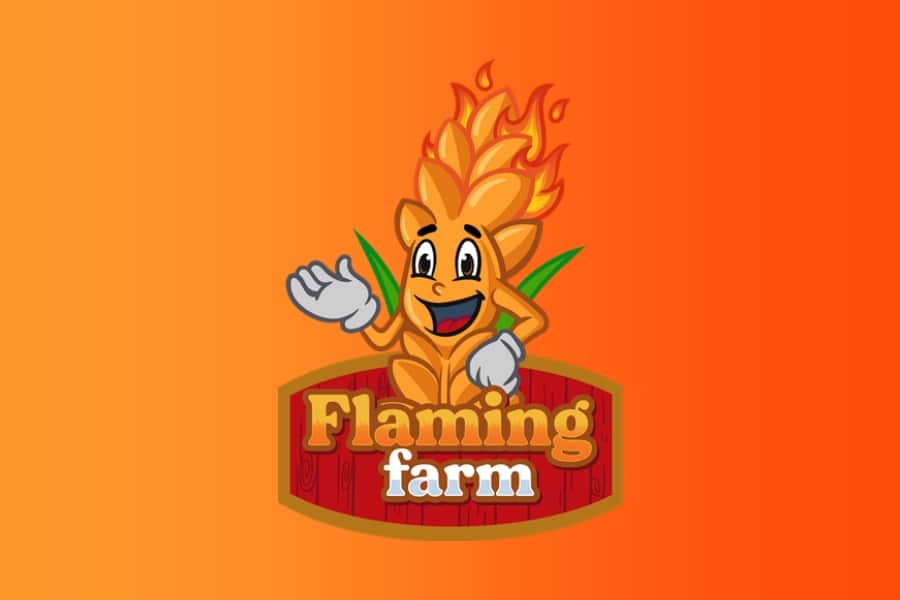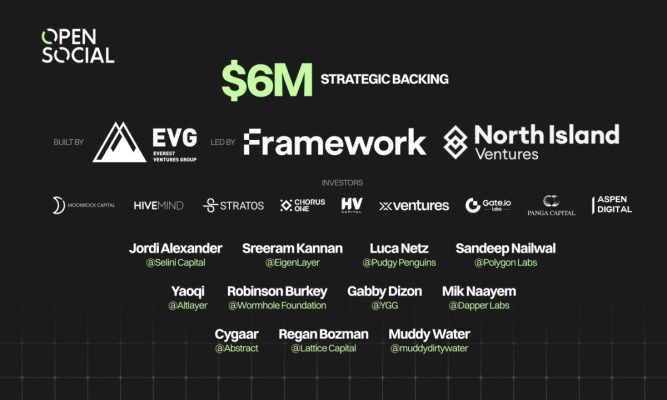Agriculture is among the oldest industries in the world. Most of its processes are usually manual such as the physical tilling of land, planting, cultivation, harvesting, and transportation to markets. On the contrary, the crypto industry is very young, first launched in 2009 through bitcoin. It is also, by and large, a digital industry, involving value creation through online computerized processes with digitized trading and transfers. Flaming Farm promises to offer a merger of Agricultural players and crypto trading in a helpful way. The article shall go in-depth explaining how it does so and the benefits created.
Idea Conceptualization
The idea of the flaming farm was first conceived thanks to a farmer in a crop cultivation dependent village. The farmer, called Flaming Farmer awoke one day to the sight of the village’s entire crop fields up in flames.
While the rest of the village saw doom as a result of the fire, he thought differently. He recalled the tale of a time when his grandparents faced a similar challenge, yet they were able to pull through by getting a kind of ‘special power’ to keep agriculture alive. That is when the concept of a crypto listing to provide a cushion to farmers’ income emerged. The listed crypto is a token called FFarm.
About Flaming Farm
Flaming Farm is an organization that offers Ethereum based FFarm tokens. These tokens generate income to investors passively, providing a potential revenue stream to crop farmers.
To enable income generation, Flaming Farm has the following approach;
Yield Farming
Also known as liquidity mining, this is where holders of cryptocurrencies get to lend them at a fee, thus, generating income. These fees and interest are earned passively without having to trade in the cryptos.
Yield farmers, ideally crop cultivators get to put to use idle assets without expending efforts in trading. To provide security cover against defaulting, an over-collateralization system is deployed. That is, borrowers must have deposited assets worth more than the value they borrow.
However, a huge challenge faces yield farming, that of inflationary pressures. In essence, there is always an increasing supply of the asset without there necessarily being an increase in demand. The oversupply thus pushes prices down over time, leading to a gradual loss of value. Flaming Farm has a different approach that promises to solve this issue by creating a countering deflationary measure.
Deflationary Protocol
Flaming Farm is among the very first decentralized finance providers to have a deflationary protocol. The approach introduces a token burning aspect to its market to help counter the expected inflationary pressure.
Token burning is the permanent removal of some tokens from the market circulation by its creators. This addresses oversupply hence guaranteeing stable prices. If desired, it could even be used to increase the token value over time.
The FFarm token has an initial burning rate of 2.5%, the rate being adjustable as required by the market. The burning rate may also be adjusted to hedge against the effects of exits by major liquidity providers. Such exits usually lead to speculative price determinations resulting in sharp value drops for tokens.
With the inflationary pressure deflated, FFarm tokens also offers additional fee benefits to its loyal subscribers through its pools.
Additional Loyalty Gain
The token providers also offer a new income benefit to its users in the form of community fees. Through the retention of a portion of trades, pool joining and transaction revenues, they get to re-invest more liquidity back into the pool. This addition is redistributed to the members still in the pool, rewarding loyal members that continue to participate. Besides, the most active pools get the most liquidity transfers, hence more community fee gains.
Members can gain from various pools thanks to FFarm’s multiple liquidity platforms. It’s not only available in Ethereum but also in the DAI token and the USD Tether crypto coin, with talks in place to increase its crypto reach. The staking of the FFarm tokens in all these pools is possible from just one user interface launched by the Flaming Farm organization.
Details on the FFarm Token
There are a total of 10,000 tokens available. These are distributed in the following way; 4,000 (40%) for a public sale, 2,500 (25%) for a private sale, another 2,500 (25%) to be availed on Uniswap, and 500 (5%) tokens each for the team and the project development.
Both the public and private sale listings begin their rollout first. The private sale which ended on December 9th, 2020 has a 300 ETH hardcap. The Maximum cap per individual is set at 30 ETH, a minimum of 0.5 ETH, and attracts a first movers’ discounted price of 0.12 ETH price. The public sale follows with a 0.16 ETH price, a 20 ETH per person maximum cap, and a total hardcap of 600 ETH.
The Uniswap liquidity is at 495 ETH, with an aim of utilizing the world’s largest decentralized exchange platform. The token will be available within seven days of its listings on this automated market maker that is indispensable for the Ethereum liquidity generation. There are two other liquidity pool exchanges where the token shall be availed later; curve finance and balancer.
Author’s Note
The FFarm token has its origins coming from an agricultural setting, intending to throw another lifeline to mitigate farming risks. In doing so, it is also among the pioneers of tackling the inflationary risks and the gradual loss of token value in yield farming. Moreover, it offers a diversity of liquidity pools with added income benefits. Both incomes are passive, hence no trading is required.
As such, Flaming Farm offers substantial benefits to both crop farmers and other investors alike. The organization may play a key role in increasing the onboarding of agricultural farmers into the crypto world, merging the two industries.


